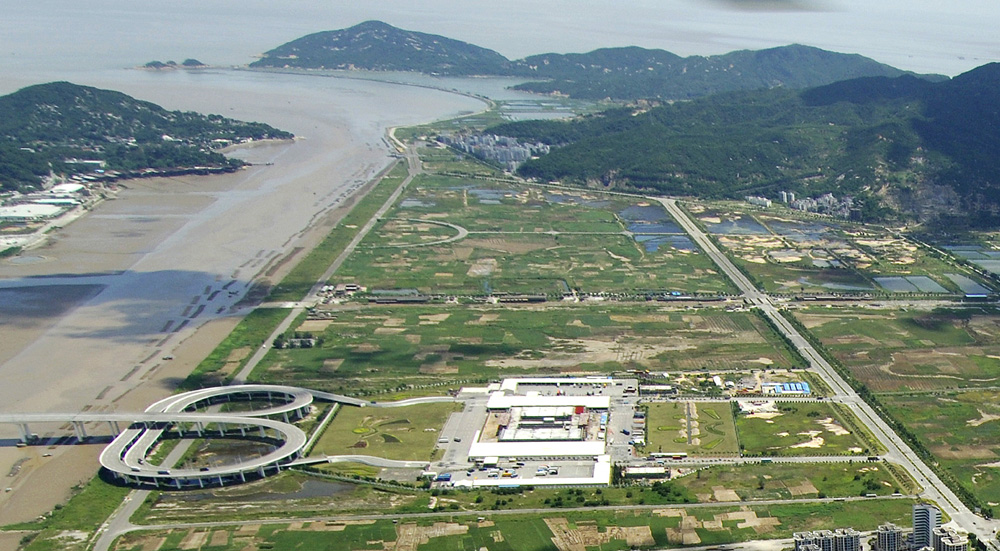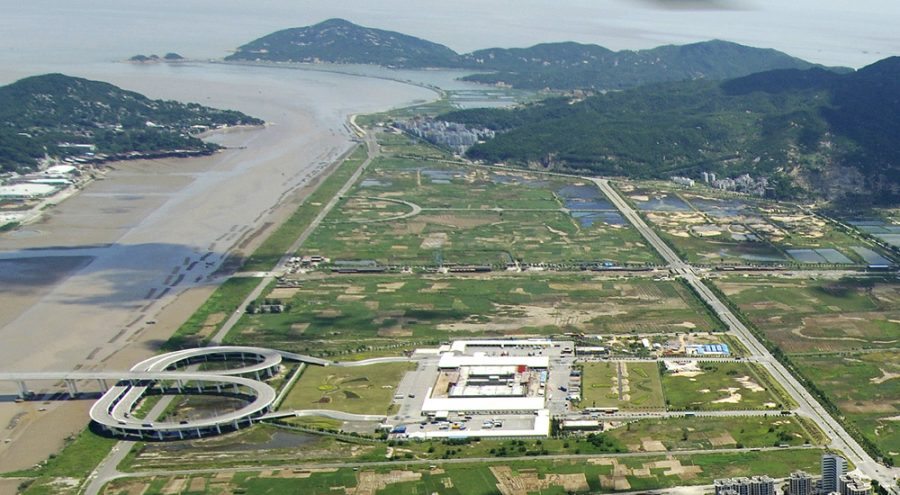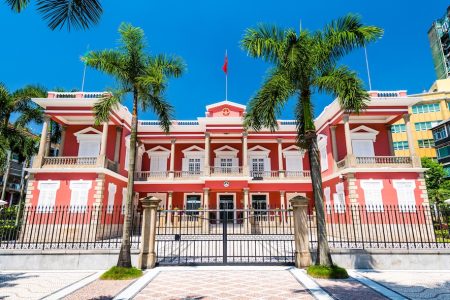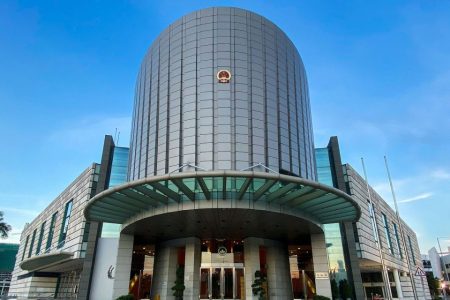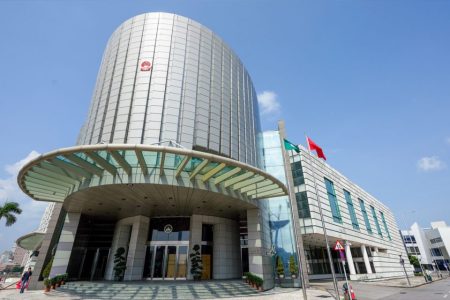Hong Kong, China, 30 Oct – Officials of the central and Guangdong governments unveiled an ambitious plan Thursday to transform a sleepy island next to Macau into an international tourist destination and hi-tech centre, according to the South China Morning Post.
It aims to turn Hengqin , which has three times the land area of Macau but just 4,000 residents, into an island of high-class resorts and luxury villas, golf courses and software centres, with a population of 200,000 by 2020.
The plan was unveiled to an audience of about 200 investors and developers at the Island Shangri-La in Hong Kong.
In August, the State Council approved Hengqin as the third "new area" since the start of the reform era, after Pudong in Shanghai and Binhai in Tianjin .
"The approval of Hengqin has a very important strategic meaning," said Fan Hengshan , director of the National Development and Reform Commission’s regional economy division and the highest-ranking official to address the audience.
"This is a new creative model, to bring out the best features of Guangdong, Hong Kong and Macau. It will be an experiment with new policies. We need the support of Hong Kong and Macau to succeed."
Fan’s presence was a sign of the importance that Beijing attaches to the plan. It is also driven by the need to spur domestic growth in the face of the global financial crisis and help diversify the tourist base of Macau into activities other than gambling.
Hengqin last year had 4,000 residents, gross domestic product of 400 million yuan (HK$454.6 million) and an average per capita GDP of less than 8,000 yuan.
Under the plan, the population will reach 120,000 in 2015 and 200,000 in 2020, with the average per capita GDP rising to 120,000 and 200,000 yuan in the two years.
It calls for the southern, southwestern and southeastern corners of the island to become resort and leisure areas. In the north will be an "international residential community" area, a hi-tech industrial district, a science and technology zone, a "culture and creativity" district and business and service areas.
In the east is a site of 1.1 sq km where construction of a new campus for the University of Macau will begin this year. The Macau government will spend 1.2 billion patacas on the campus and lease it until 2049. Construction is scheduled to be completed in 2012. The lease gives Macau jurisdiction over the campus.
The Macau government will build a tunnel from Coloane through which faculty, students and employees of the university will pass without going through immigration. It will also carry a telecommunications cable, enabling those on the campus to have the same internet access as they now have in Macau.
Officials at the briefing said Macau law would apply only to the new campus and not the rest of Hengqin.
Of Hengqin’s 106.46 sq km of land, 58 sq km will be left undeveloped, in an attempt to preserve the good quality of the environment.
Already under construction, since April this year, on the southern tip of Hengqin is an "international ocean resort" being built by a private Guangzhou company, Chime-Long. This involves an investment of 10 billion yuan and aims to attract more than 10 million visitors a year.
The island will have two major transport arteries – one is an extension of a light rail from Guangzhou to Zhuhai that will run across the island and on to Zhuhai Airport. The other is an extension of the expressway between Guangzhou and Zhuhai.
Hengqin owes its pristine condition to its status in the Maoist era; as a frontier area, it was closed to most people and occupied by the military and a small number of farmers and fishermen.
(MacauNews)
